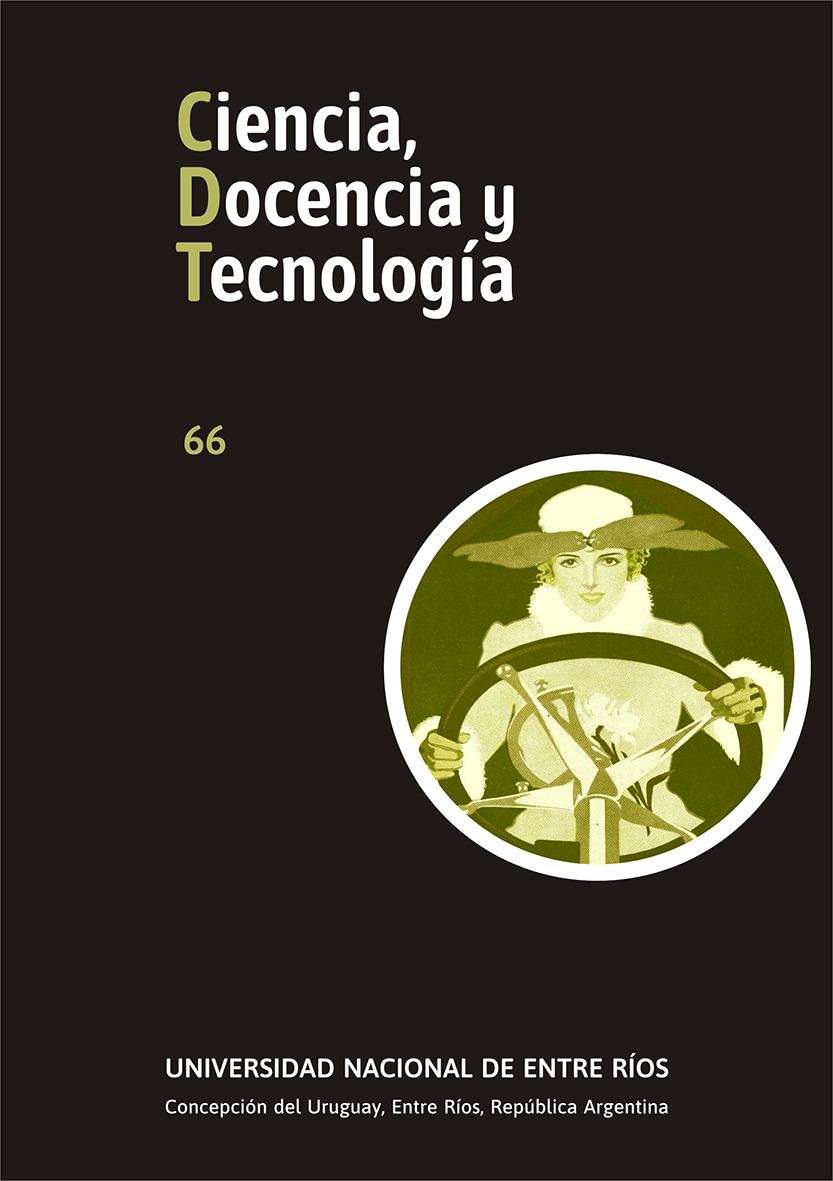Abstract
The technique of plastination of anatomical pieces is an effective method for the conservation of natural materials. The objectives of this work were to achieve the assembly and fine-tuning of an equipment for plastination at room temperature, with accessible instruments and materials, and to optimize the processing techniques to obtain quality preserved anatomical pieces intended for teaching. We worked with 1 cm thick bovine brain sections, fixed with 5% formaldehyde at 5 ° C for periods of no less than 10 days, subsequent dehydration in acetone at -25 ° C, forced impregnation with polyester resin in a slow process, at room temperature, alternating active and passive periods and subsequent curing with exposure to u.v. The pieces obtained made it possible to clearly differentiate the internal structures of the brain, as well as the grey and white substances. A decrease in the weight and thickness of the samples and darkening were observed after the performance of the technique, but the anatomical details were preserved, making them suitable for teaching macroscopic anatomy.
References
Bravo, H. (2006). Plastinación, una Herramienta Adicional para la Enseñanza de la Anatomía. International Journal of Morphology, 24(3), 475-480. https://dx.doi.org/10.4067/S0717-95022006000400029
Fonseca-Matheus, J. (2018). La técnica de plastinación, sus fundamentos y alternativas de menor costo. Gaceta De Ciencias Veterinarias, 22(2), 43-47. Recuperado a partir de https://revistas.uclave.org/index.php/gcv/article/view/321
Guerrero, M., Vargas, C., Alarcón, E., del Sol, M., & Ottone,N. (2019). Desarrollo de un Protocolo de Plastinación de Cortes con Resina Poliéster Aplicado a Secciones de Cerebro Humano. International Journal of Morphology, 37(4), 1557-1563. https://dx.doi.org/10.4067/S0717-95022019000401557
Henry, R. W. Silicone Plastination of Biological Tissue: Room-temperature Technique North Carolina Technique and Products. J. Int. Soc. Plast., 22:26-30, 2007.
Henry, R. W. & Latorre, R. (2007). Polyester Plastination of Biological Tissue: P40 Technique for Brain Slices. Journal of the International Society for Plastination. 22:59-68.
Jiménez Mejía, R. & Isaza Castro, O. (2005). Plastination: a modern anatomical technique. Iatreia, 18(1), 99- 106.
Latorre, R. & Henry, R. W. Polyester Plastination of Biological Tissue: P40 Technique for Body Slices. J. Int. Soc. Plastination, 22:69-77, 2007.
Ottone, N.E., Cirigliano, V., Lewicki, M., Bianchi, H., Aja-Guardiola, S., Algieri, R., Cantin, M. & Fuentes, Rn. (2014). Plastination Technique in Laboratory Rats: an Alternative Resource for Teaching, Surgical Training and Research Development. International Journal of Morphology, 32(4), 1430-
https://dx.doi.org/10.4067/S0717-95022014000400048
Ottone, N., Del Sol, M. & Fuentes, R. (2016) Report on a sheet plastination technique using commercial epoxy resin. Int. J.Morphol., 34(3):1039-1043.
Ottone, N. (2018). Plastinación: Fundamentos de las técnicas y su implementación en la Universidad de La Frontera. J. Health Med. Sci, 4(4), 293-302.
Ottone, N. E., Guerrero, M., Alarcón, E., & Navarro, P. (2021). Análisis Estadístico de los Niveles de Retracción de Cortes de Cerebro Humano Conservados mediante la Técnica de Plastinación de Cortes con Resina Poliéster. Int. J. Morphol, 1(2), 2.
Prieto, R., Vargas, C., Veuthey, C., Aja-Guardiola, S., & Ottone, N. (2019). Conceptos Fundamentales del Protocolo Modificado de Plastinación a Temperatura Ambiente con Silicona, con Posterior Pigmentación, y su Aplicación para la Conservación de Placenta Humana. International Journal of Morphology, 37(1), 369-374. https://dx.doi.org/10.4067/S0717-95022019000100369
Sánchez Carpio, C., Andromaco, M., Páez, R., Barello, M., Pedernera, G. (2012). Estudio de nuevas técnicas para conservación de piezas anatómicas, Plastinación. Revista de Salud Pública, (XVI) 3: 27-32.
Sora, M. (2016). The general protocol for the s10 technique. Research and Clinical Medicine, 1(1): 14-18
Valdés, F., Vega, E. y Valenzuela, M. (2010). Estudio Comparativo de Dos Técnicas de Plastinación. International Journal of Morphology, 28(3), 783-786. https://dx.doi.org/10.4067/S0717-95022010000300020
Valenzuela, M.; Azocar C.; Werner, K.; Vega, E. y Valdés, F. (2012). Experiencia en Plastinación con Resina Poliéster P-4 para Cortes Anatómicos. Int. J. Morphol., 30(3):810-813.
von Hagens, G., Tiedemann, K. and Kriz, W. (1987). The current potential of plastination. Anat Embryol 175:411-421

This work is licensed under a Creative Commons Attribution-NonCommercial-ShareAlike 4.0 International License.
Copyright (c) 2022 Gabriela Main, Patricia Benzi, Liliana Castañeda

